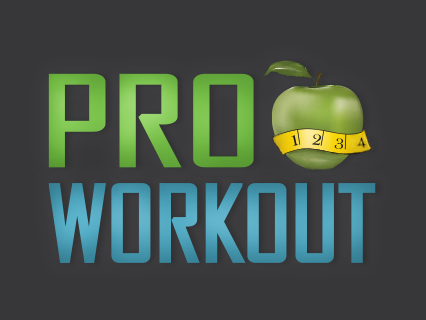
 Workout Plan
Workout Plan
A workout plan is best described using an example. Say you want to create a one week workout plan. You can name it whatever you want. The next step would be to add items to it. It is good practice to add a workout, naming it “Monday”. Then add items to Monday’s workout. These items can be individual exercises, workouts, circuits, or workout plans. You are free to use your imagination and get as complex as you want to. The only real difference between a workout and a workout plan comes when you have it set as your default workout. If a workout plan is set as the default workout (under options) then you will be able to set which of the items listed under the workout plan will be the next one to be run. Also when you run the default workout, and it is a workout plan, it will advance the next portion of the workout automatically. So, given our example, we run the Monday workout on Monday. When we go to the gym Tuesday and select “Run Default Workout” it will still be running the same one you ran yesterday, but it will now run the next one, presumably Tuesday.
Using these basic elements you can construct as complex a workout, or workout program, as you can imagine. This is one of the main features that makes this app different than most exercise apps. Working with complex data can be challenging so this app also contains professional grade editing capabilities as well as a task bar that allows you to keep track of where you are at in your editing and also gives you the ability to switch tasks. We will cover more of this when we get into examples. The next section will familiarize you with the screen layout.